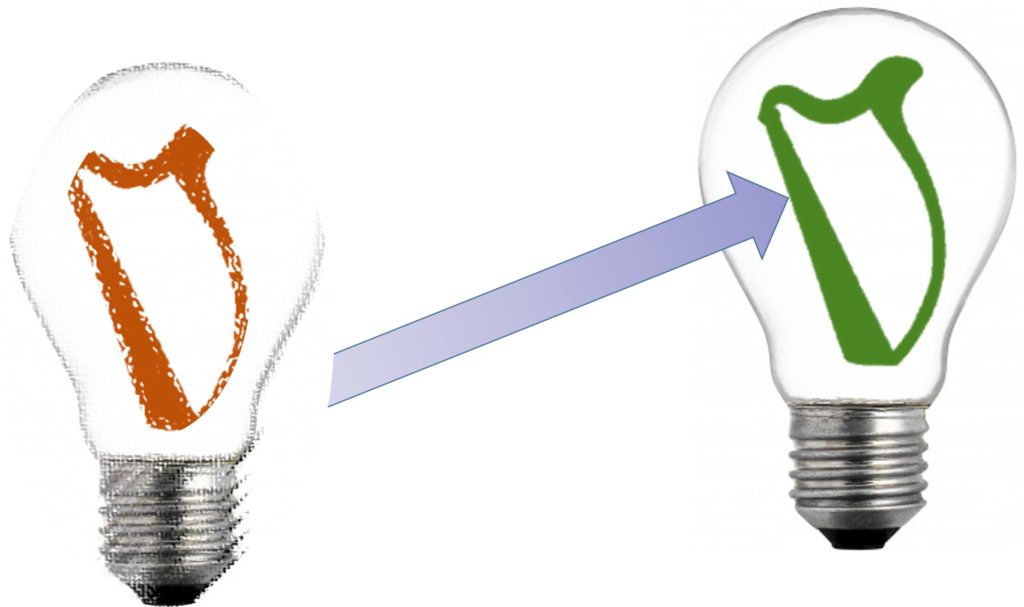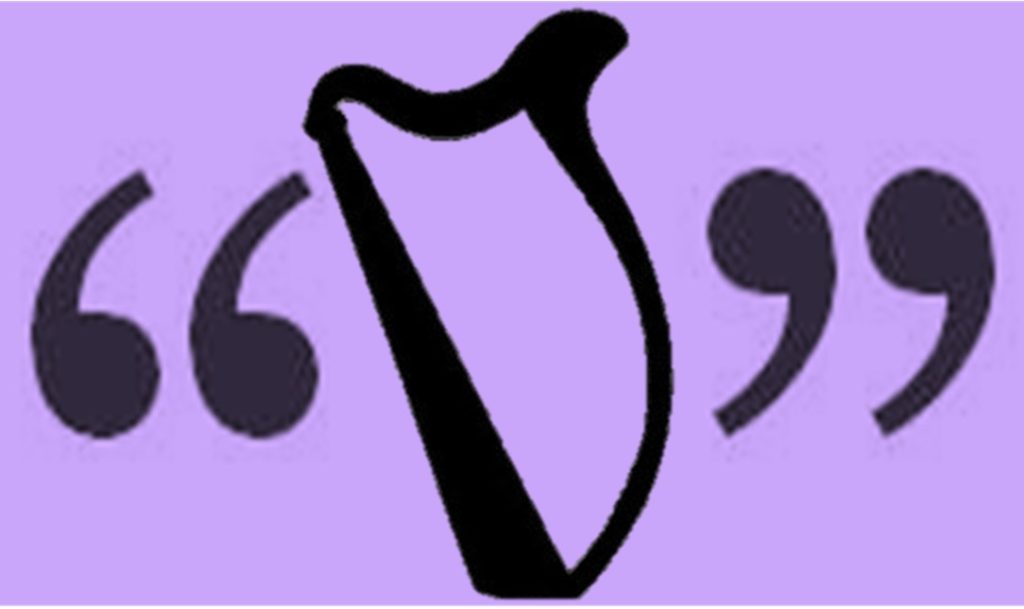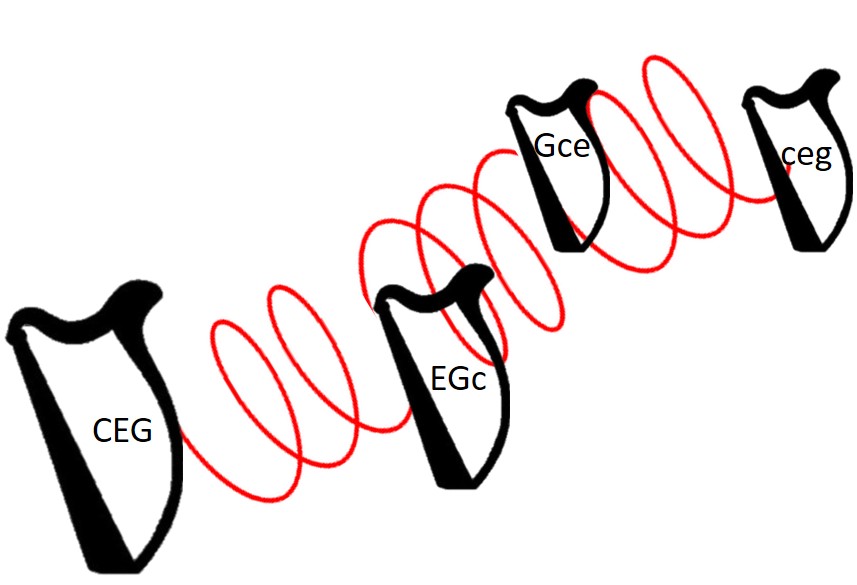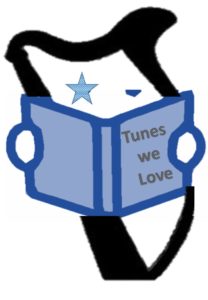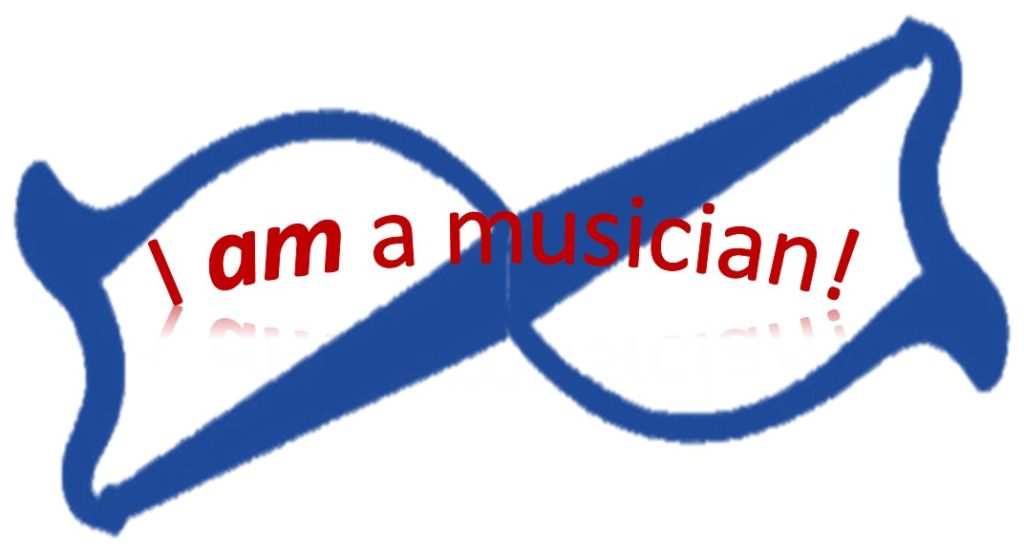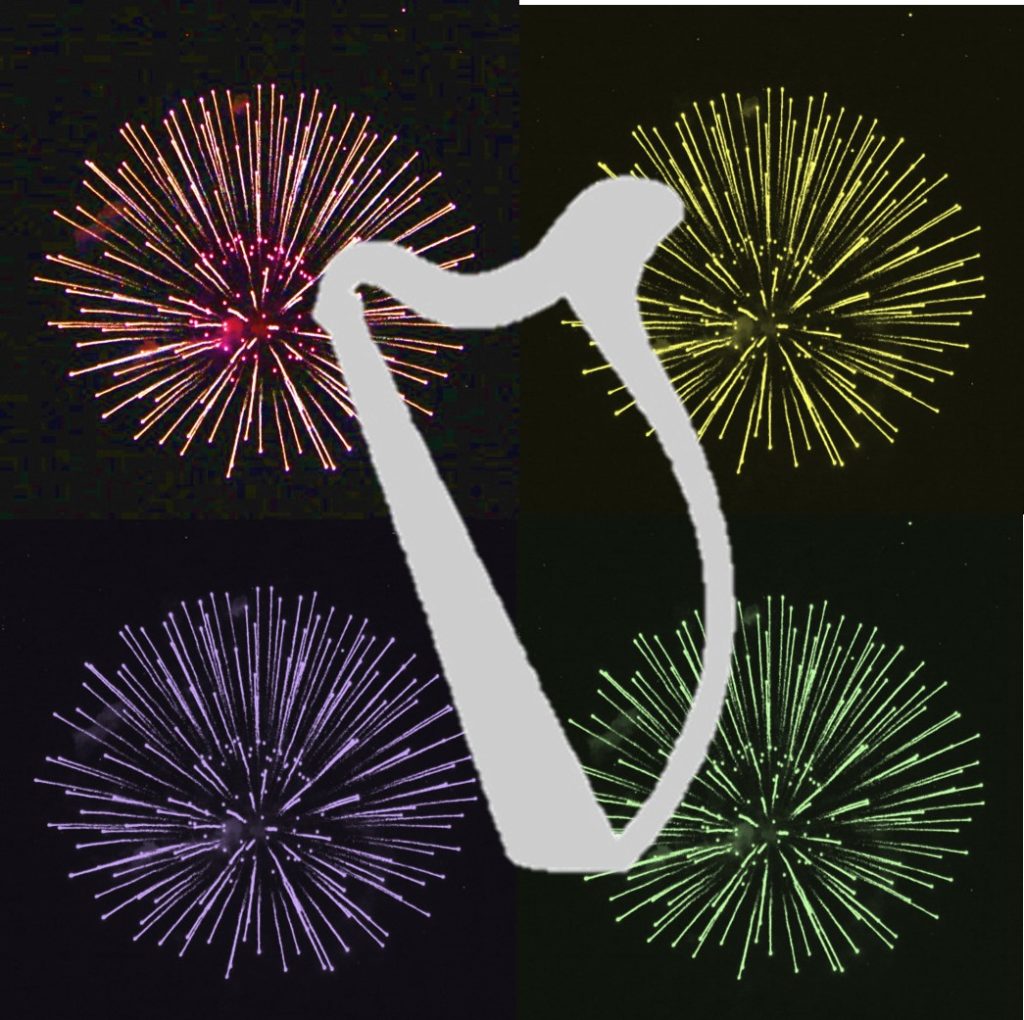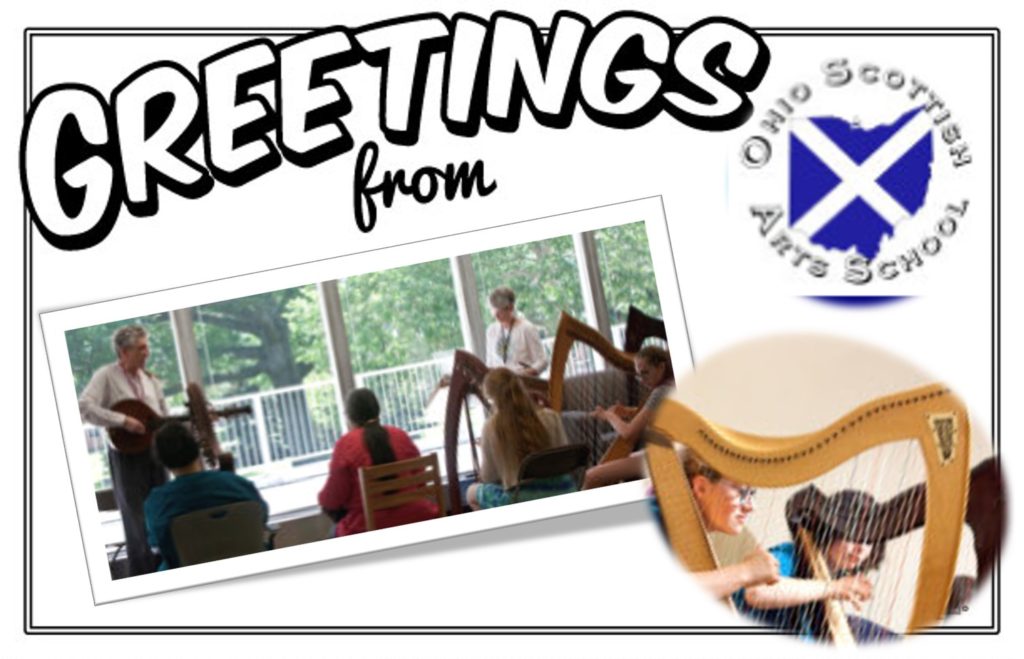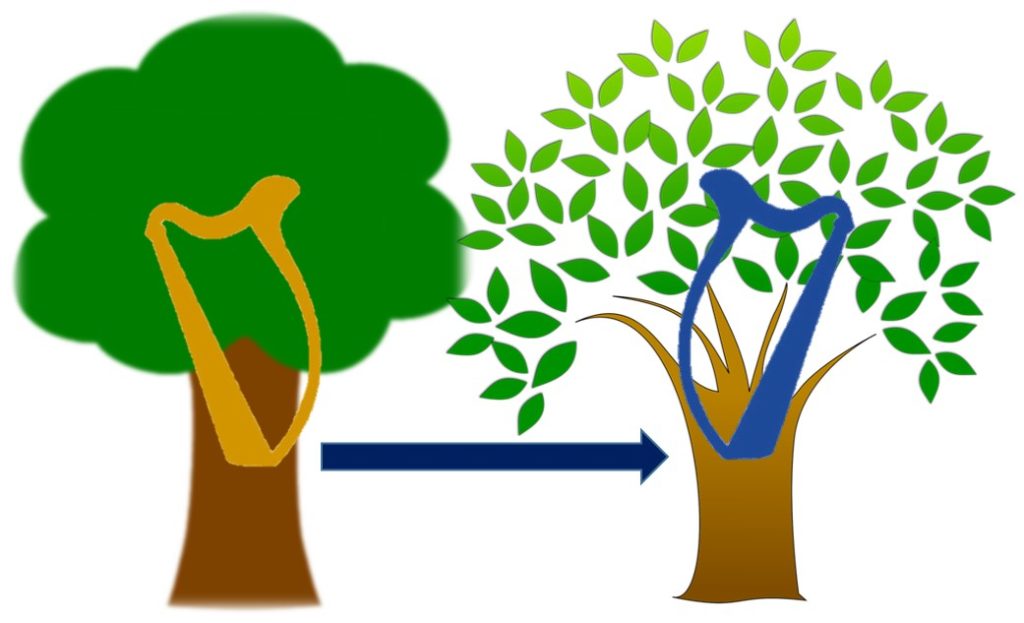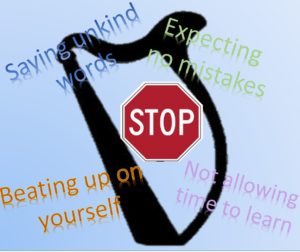Being organized will help you get more from your practice time by allowing you to spend more of your precious time at the harp rather than trying to find music. There are many ways to get organized – lists, practice journals, etc. will all help you focus your attention so you can spend the limited time you have to practice on practicing. But once you learn tunes, then what? How do you keep them in your head? You can have a Tune Box.
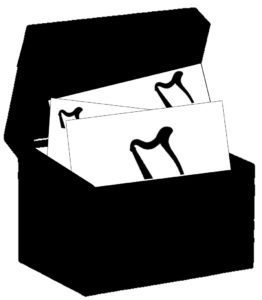 This is a DIY project – you can be as creative (or not) as you choose on this project. You can make it fit your décor, your time available, your favorite color, or you can leave it as you found it – it’s up to you! Here are the Step by Step Instructions:
This is a DIY project – you can be as creative (or not) as you choose on this project. You can make it fit your décor, your time available, your favorite color, or you can leave it as you found it – it’s up to you! Here are the Step by Step Instructions:
- Get a packet of 3 x 5 (or 4 x 6) cards and a recipe card box (sized to the cards).
- Paint and decorate the recipe card box as you like (or leave it plain if you’d rather have more time to practice).
- While the box is drying (assuming you’ve painted, decoupaged, or glued things to the box), for each tune you know, write a card. On the card put:
- Name of the tune (as well as it’s “real” name if it is in another language – if you’re squeamish, also include the phonetic pronunciation of the name).
- Key signature (or write out the key in which you play the tune) and mode (if you know it)
- Time signature
- Type of tune (or how you tend to play it – air? song? march? reel? jig? etc.)
- You can also copy (and shrink) the first few measures and glue that onto the card to help you remember how the tune starts (if you only know a few tunes this seems silly….until the time you start to play Tune A and belatedly realize you’re actually playing Tune B which can be a bit disconcerting!)
- Other tunes with which you might put the tune to make a set
- Other items of interest you care to add – they are YOUR cards after all!
I’d suggest you put the cards in alphabetical order just to make them easier to locate in the box – I typically file by the way I think of the tune title (for instance, although the tune is Amhran na Leabhar, I think of it as The Song of the Books, so it is filed under Song not Amhran. But you can do them however you choose (I had them sorted by tune type but that didn’t work for me, so back to alphabetical).
After polishing but before you play your reward tune, pull a card at random and play that tune*. As you learn more tunes this will become more challenging – but it will help you to remember what you have learned and to refresh (to keep in your fingers, not concert ready) all the tunes you have worked so hard to learn. And you can also see physical proof of how much you have learned as you have worked so hard at the harp – it’s all in the Box!
*hopefully the tune (the melody at least!) goes swimmingly, but if it goes pear shaped, then you know you need to work on the tune some more, so you can leave the card out to remind yourself to give that tune a little extra practice so you remember it the next time
